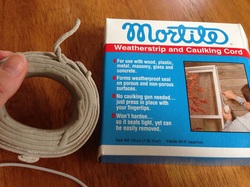
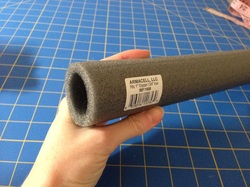
If you are interested in my "stylish" draft stopper, here is what I made:
(This tutorial is free but if you would rather prefer to download this complete tutorial as a pdf file you may purchase it here for only $2.)
Also measure the depth of your door. You don't have to be too exact. I noted down 1 1/2" for mine.
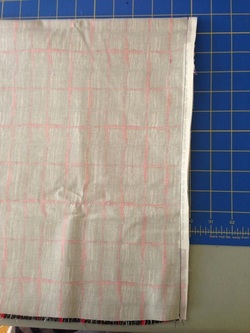
The width of your fabric piece should be: the width of your tube (i. e. the width of your door) plus about 3 extra inches.
The height of your fabric piece should be approx. 26 inches (if you use tubes with a diameter of 1.75 inches. Allow more fabric if you use tubes bigger in diameter). My piece of fabric was much too long as you will see in the pictures, don't let that confuse you :)
Fold the fabric in half horizontally (that means, after folding your fabric will still have the same width but will only be half as high as before), right sides together. Sew along the two short edges. Leave the long edge open.
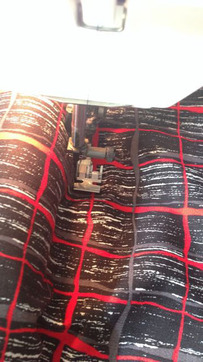
With the zipper foot of your sewing machine, sew along the tube, closing the fabric and trapping the tube inside.
If you live in a cold area, you will have lots of fun with this. We had our first snow last night and I am not too happy about it... On the other hand I realized I really enjoy the sound of snow falling. Seems like I can't really make up my mind about it :) Do you like winter? Or are you one of those happy folks living in a warmer climate?
Happy sewing and stay warm :)

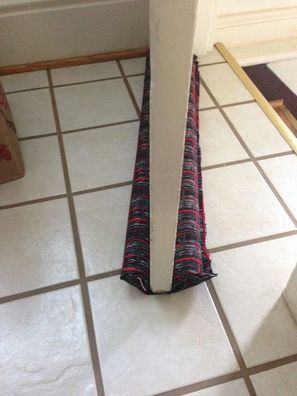
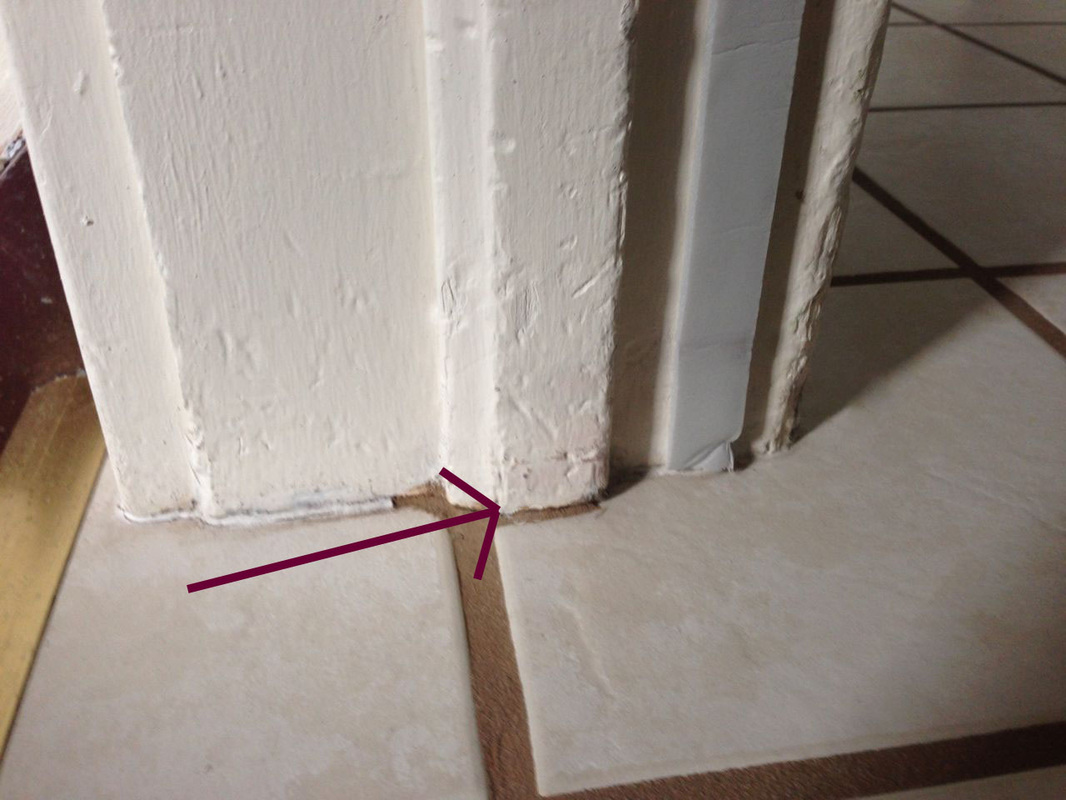
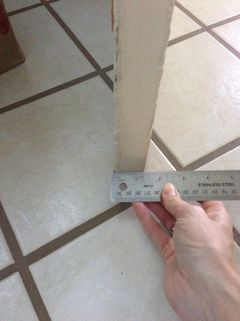
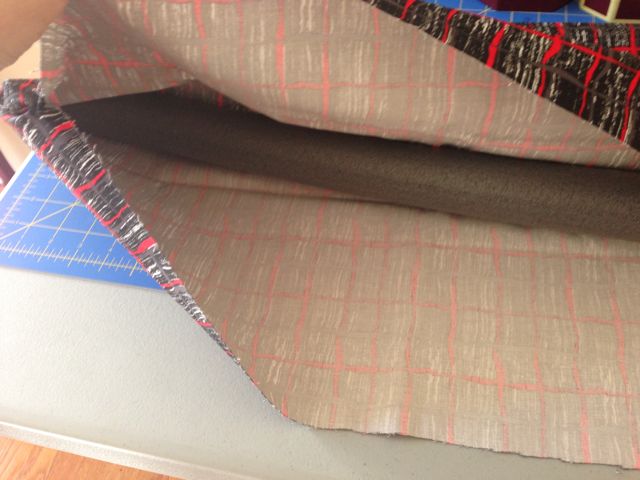
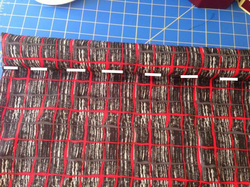
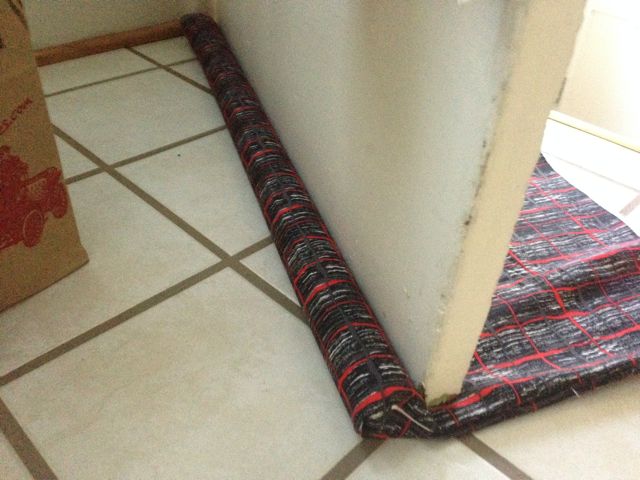
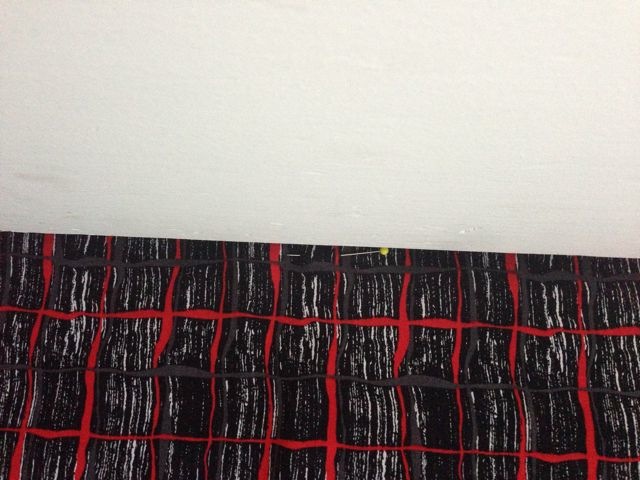
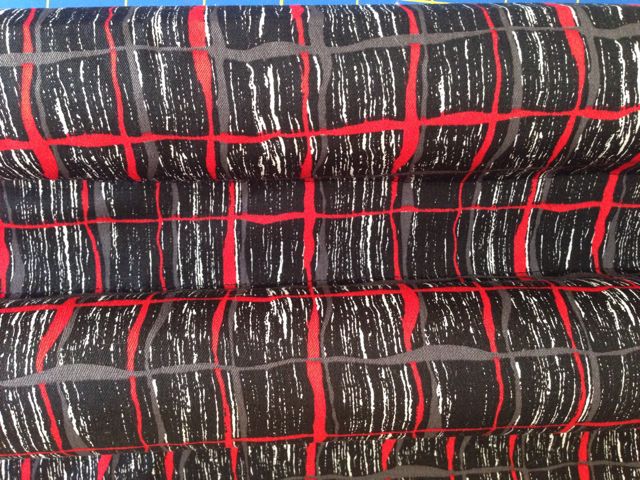
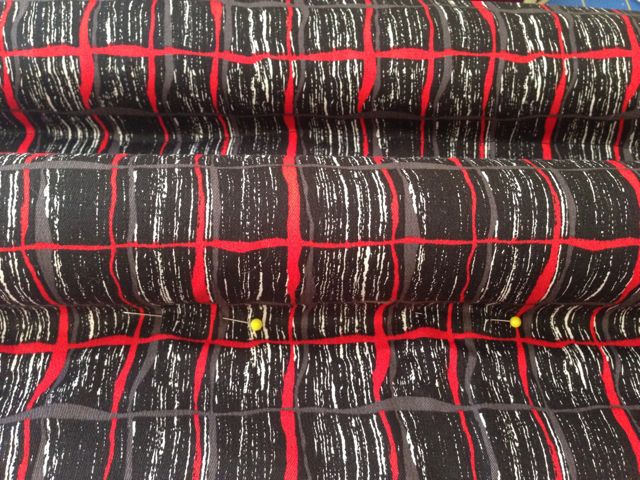
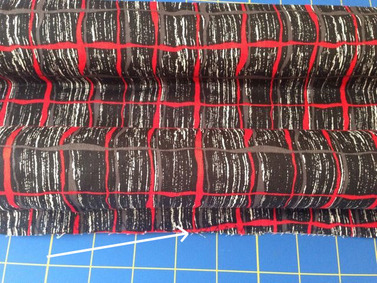
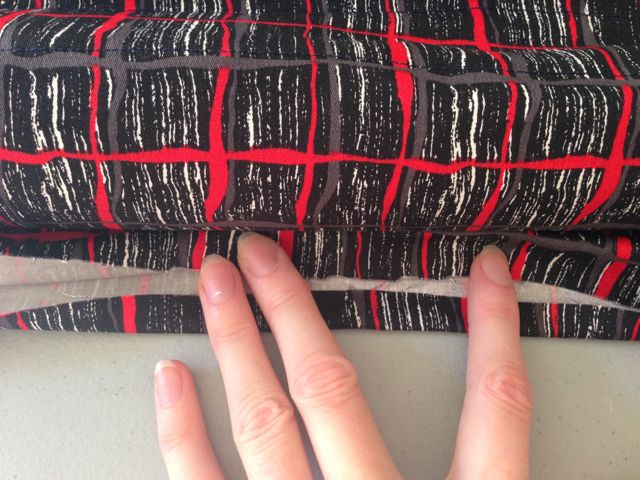
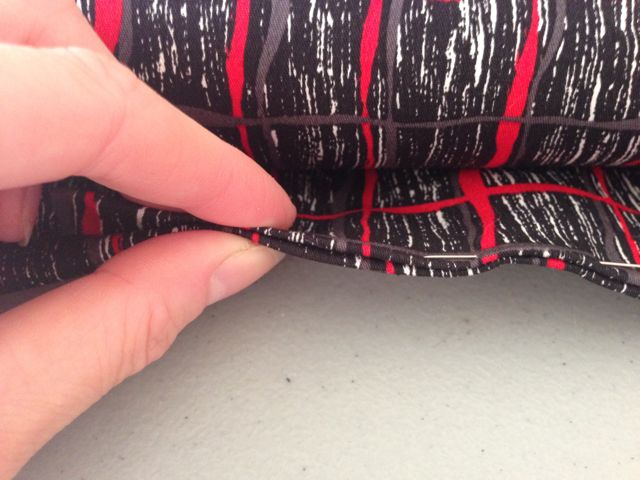


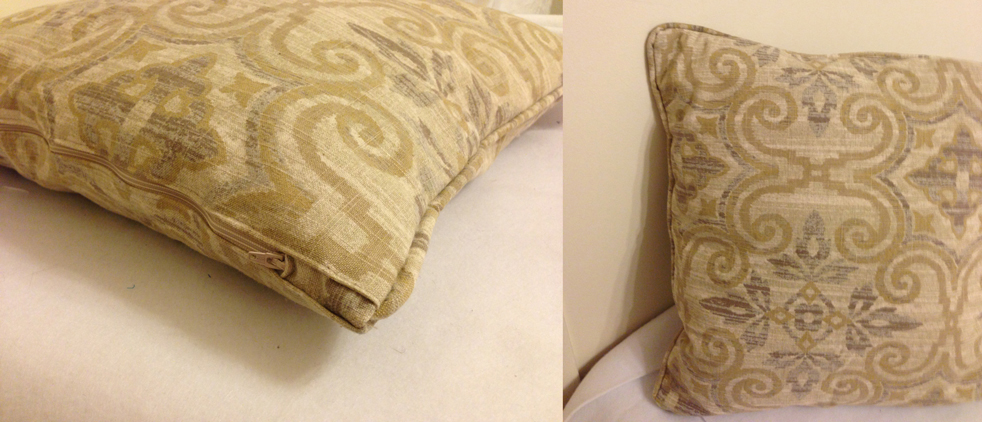
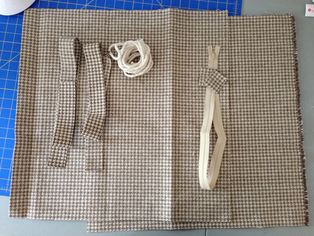

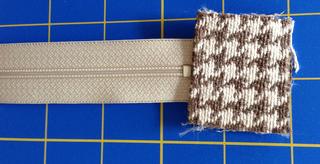
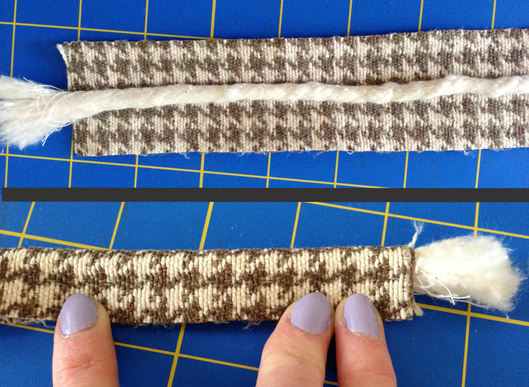
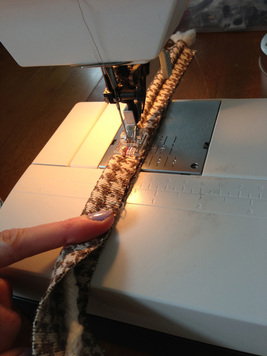

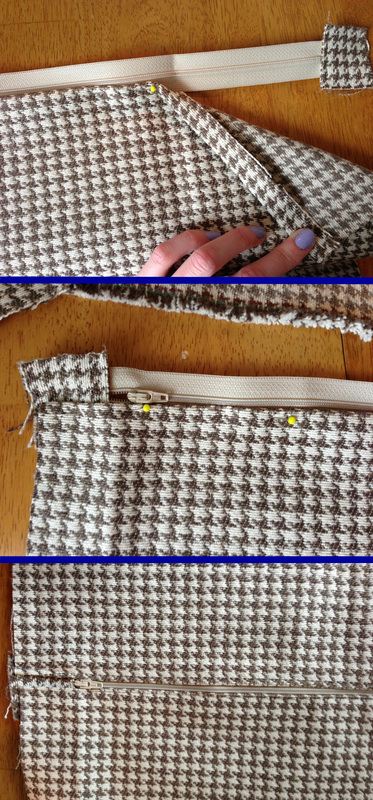
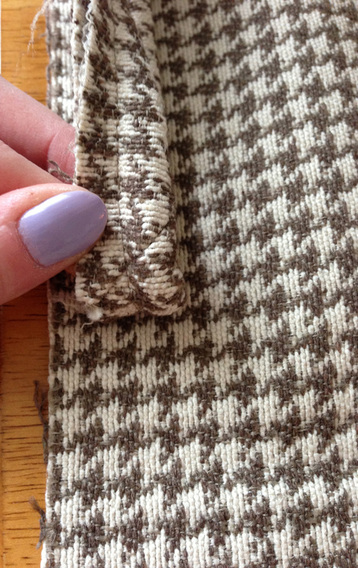
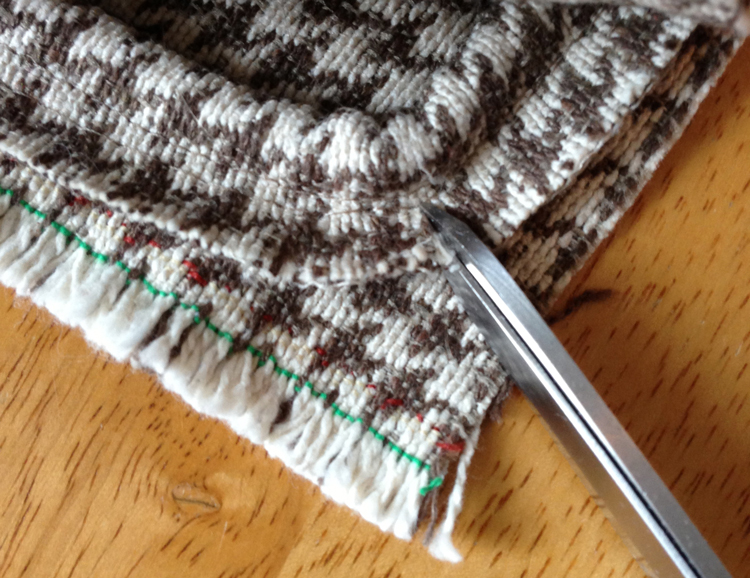
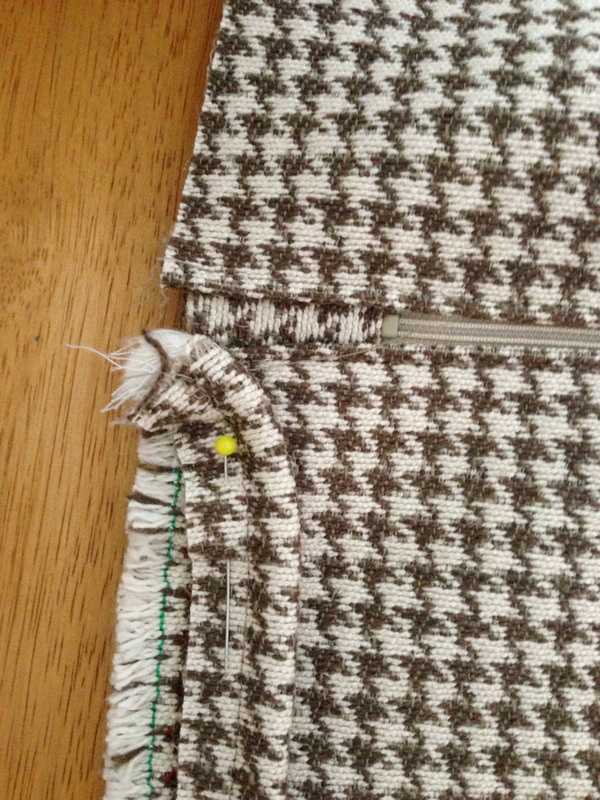
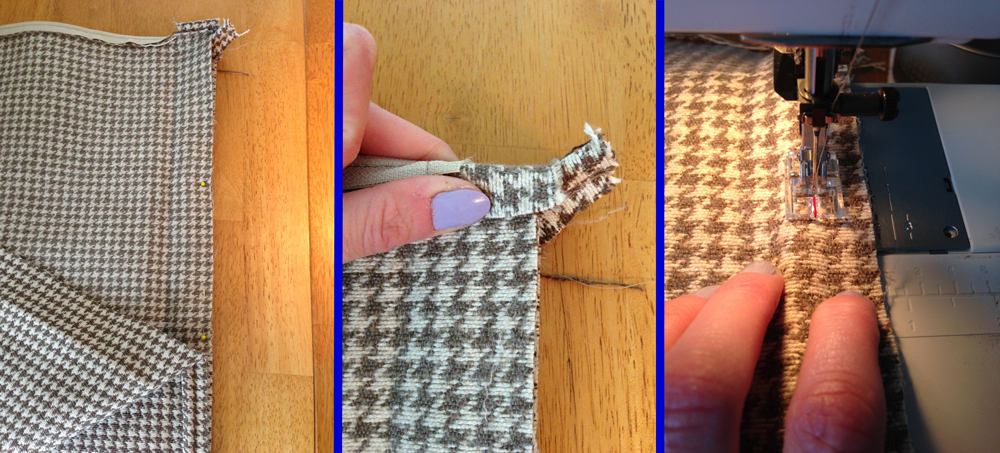
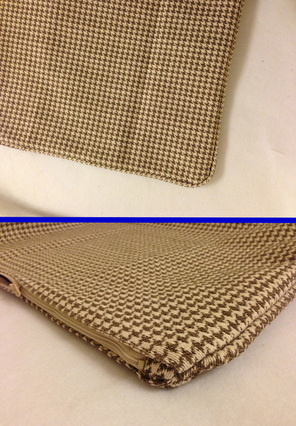
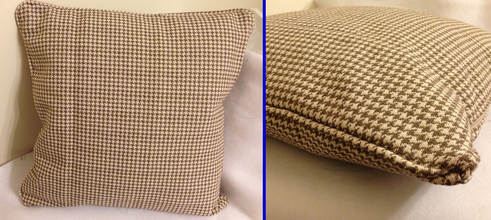



 RSS Feed
RSS Feed





